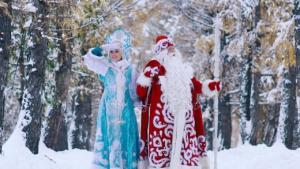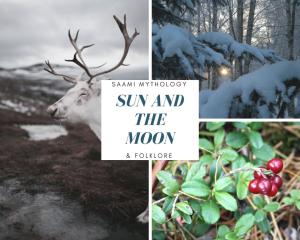
Yule Log
Yule Log tradition originates from Norway. It was part of rituals that were celebrated to welcome back the sun. A Yule Log was a Log that was burned in the ashes of the last year’s log. This symbolized the change of the year, from one phase to another. In the heart of winter, the sun turned in its nest and would return back.
Vikings brought the Yule Log tradition to Germany and France with them.

Gift Giving and Decorations
It is believed that giving gifts during Christmas time originates from a Roman festival called, Saturnalia. This festival was held to celebrate the god Saturn. He was the god of families and people would hang metallic ornaments outside their homes. These ornaments were figurines that represented Saturn and his symbols, sickle and scythe. People also hung ever-green wreaths to symbolize Saturn, because he was the god of farming. Earth was bare during this time of the year and return of the Saturn also meant the return of the sun and the fertility of the land.
Among Germanic tribes, it was common to decorate homes with candles, fruits and wreaths to honour the god Wotan. Wotan is the old Germanic name of the god Odin. Later on, people in Scandinavia continued this tradition in the honor of Odin.
Giving small gifts to one another was part of Saturnalia celebrations. In ancient Turkey, St Nicholaus gave gifts to small children and in the Christian tradition, three wise men brought gifts to baby Jesus. In Middle Age France, nuns gave gifts to the poor on the eve of St Nicholas day on the 5th of December. In the 19th century, it was more common to give gifts during New Year, rather than Christmas, because the New Year was the start of new beginnings.
Wreaths
It is believed that Christmas wreaths originate from Celtic tribes from Ireland, Wales, Scotland and Northern France. The Celtic symbol for the Winter Solstice was the holly, an ever-green branch and people decorated their homes with hollies.
In ancient Rome, hollies were used to make civic crones. These wreaths were worn by war heroes. Roman emperors and Roman deities also wore civic crowns, but their crowns were made from gold.
In Christianity, the round shape of the wreath symbolizes the waiting for Christ and the arrival of Christ. In nature-based religions, the round shape symbolizes the connection with the earth and eternal life.
In many cultures, Winter Solstice was celebrated as the return of the sun. Sun was an important deity, because people’s lives were dependent on the sun, especially in agricultural societies. Before the spread of Christianity, a couple of months before the Winter Solstice was known as the time of the spirits. Spirits came down to the earth and wandered among the living. In Germanic cultures, this was known as the Wild Hunt and the god Wotan was hunting these spirits.

Return of the sun
It is not a coincidence that in Christianity Jesus was born around Winter Solstice. In many cultures, the son of god was born around the winter solstice. In ancient Egypt son of the sun god Ra, Osiris was born.
In ancient Latvia, Janis the son of the sun god Dievs was born. During Ziemasvetki, the Latvian winter solstice, people performed a candle ritual to Dievs to welcome his son to the earth. Often the mother of these sun gods was the earth goddess and a lot of times these earth goddesses were virgins.
In the southern hemisphere, it was common that the sun god was male and the moon was personified as female. We can find this type of myth in ancient Greece, Babylonia and Egypt.
In the northern hemisphere, it was more common that the sun was personified as female. As we can see in Scandinavian, Baltic, Japanese, Mongol, Siberian and Finno-Ugric cultures. In Lithuania sun goddess was Saule. In Finland Päivätär. In Norse mythology Sunna. In Sami mythology sun goddess was called Beiwe, she was a beloved goddess among the Sami whereas Mánnu the moon, was feared. He was seen as more suspicious because he would be in the sky during the night when all evil spirits were flying free.
In Lithuanian mythology, Menulis the moon was a trickster god who was cheating on his wife, Saule.
In ancient Egypt, people believed that Osiris became weak during winter. Egyptians decorated their homes with ever-green wreaths made food in his honour and sang songs for him and on the winter solstice, Osiris would return back to his strength.
In Lapland, white reindeer were sacrificed to the sun goddess Beiwe. People missed the sun a great deal, and because there was not a lot of daylight, they would light bonfires to welcome back the sun.
Samis baked cakes for the sun and make porridge for her. These cakes were hung into trees and porridge was left under them. When the sun rays touched these foods, it was believed that Beiwe was now ”eating” and gathering her strength to return back for the summer.















